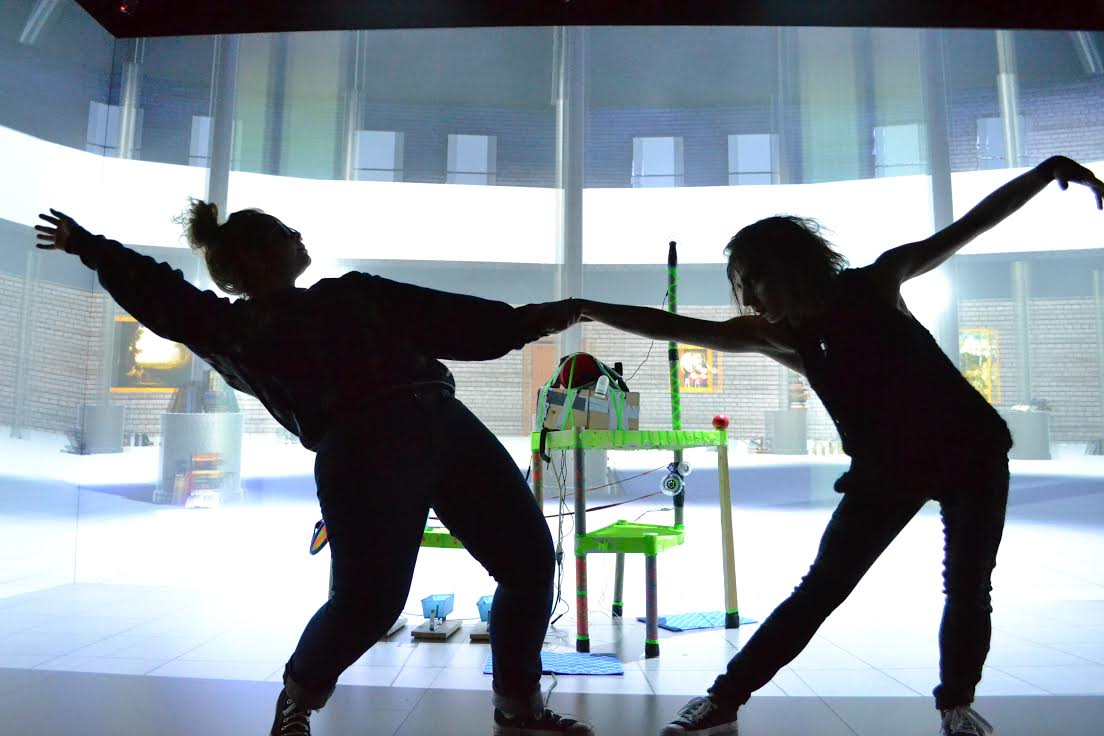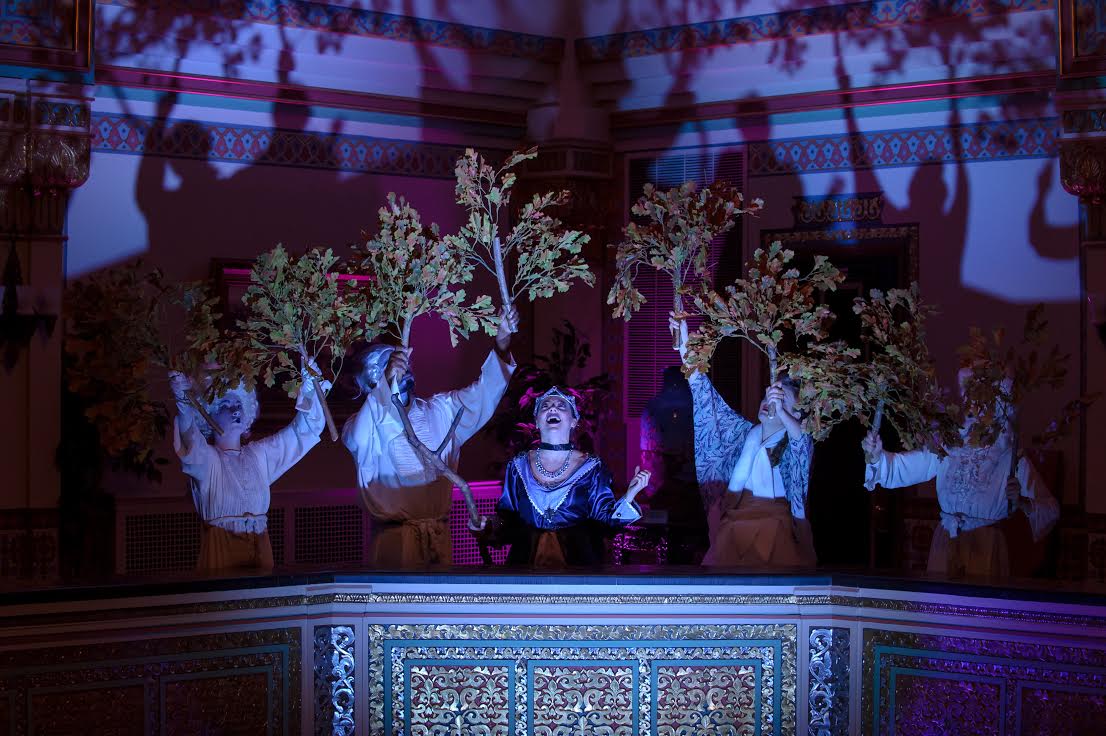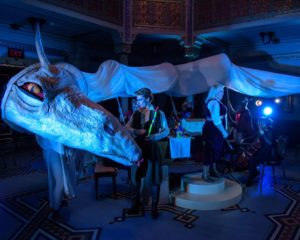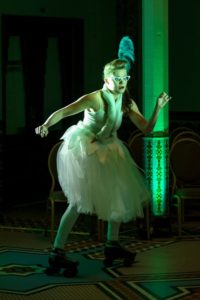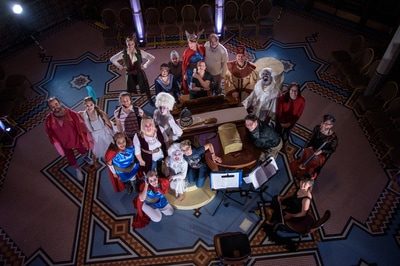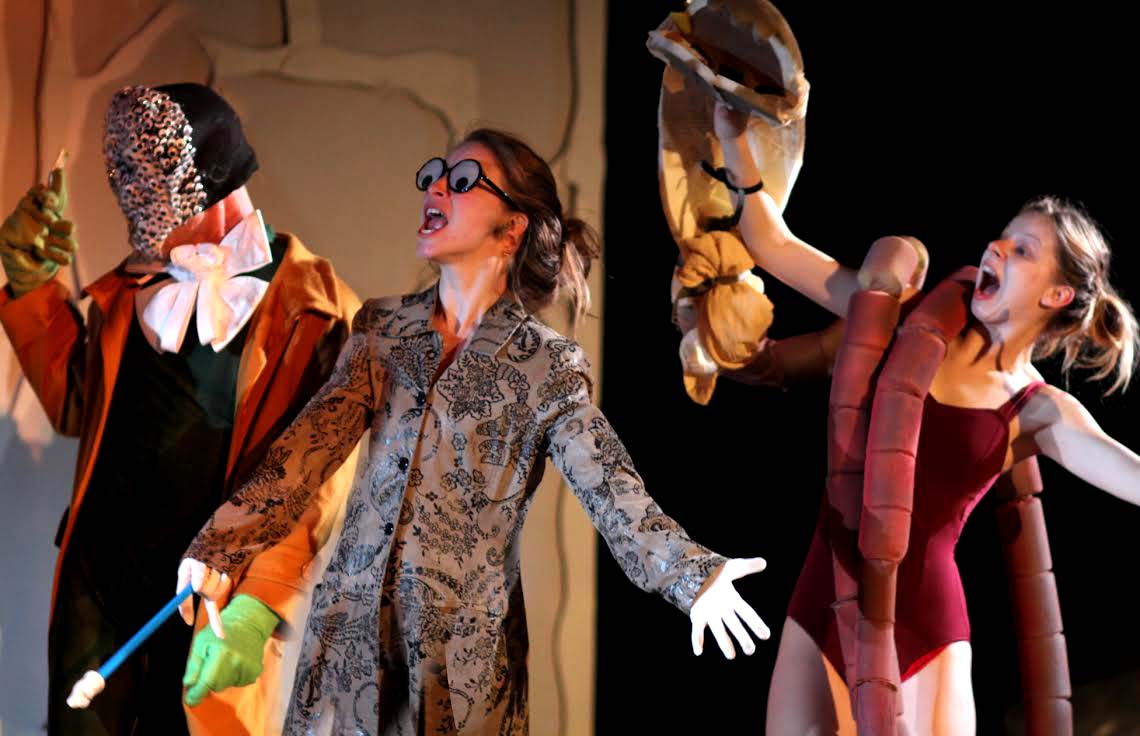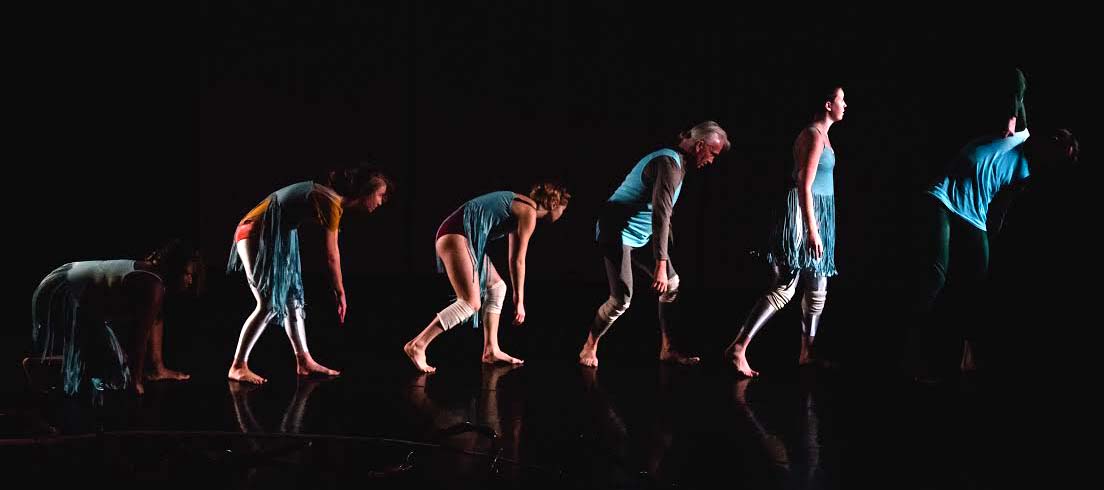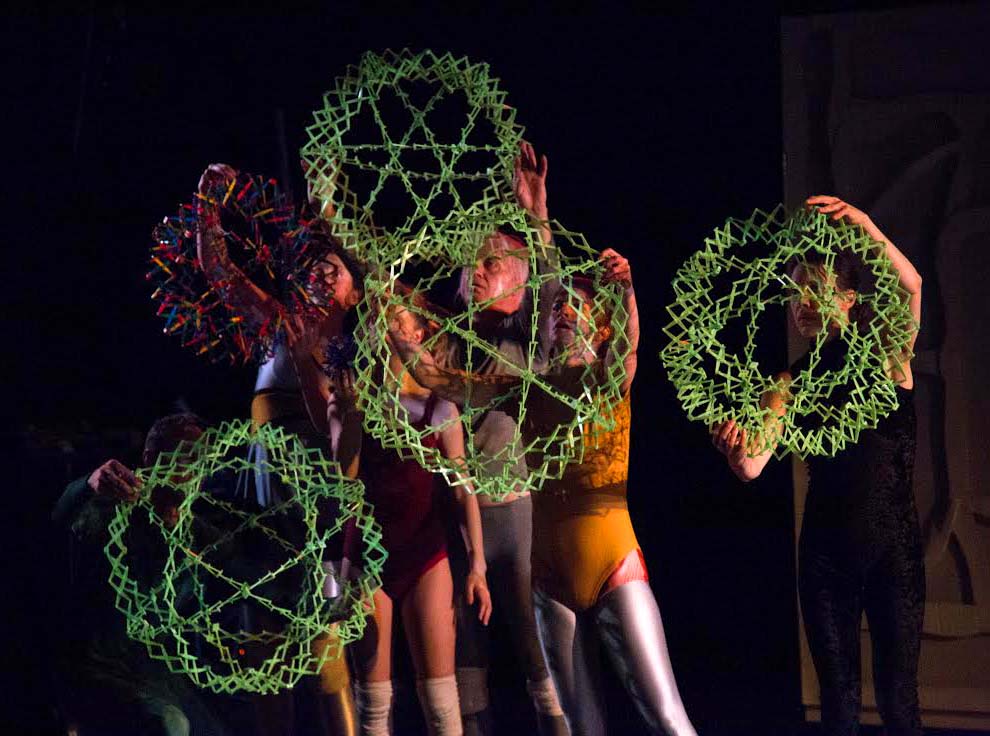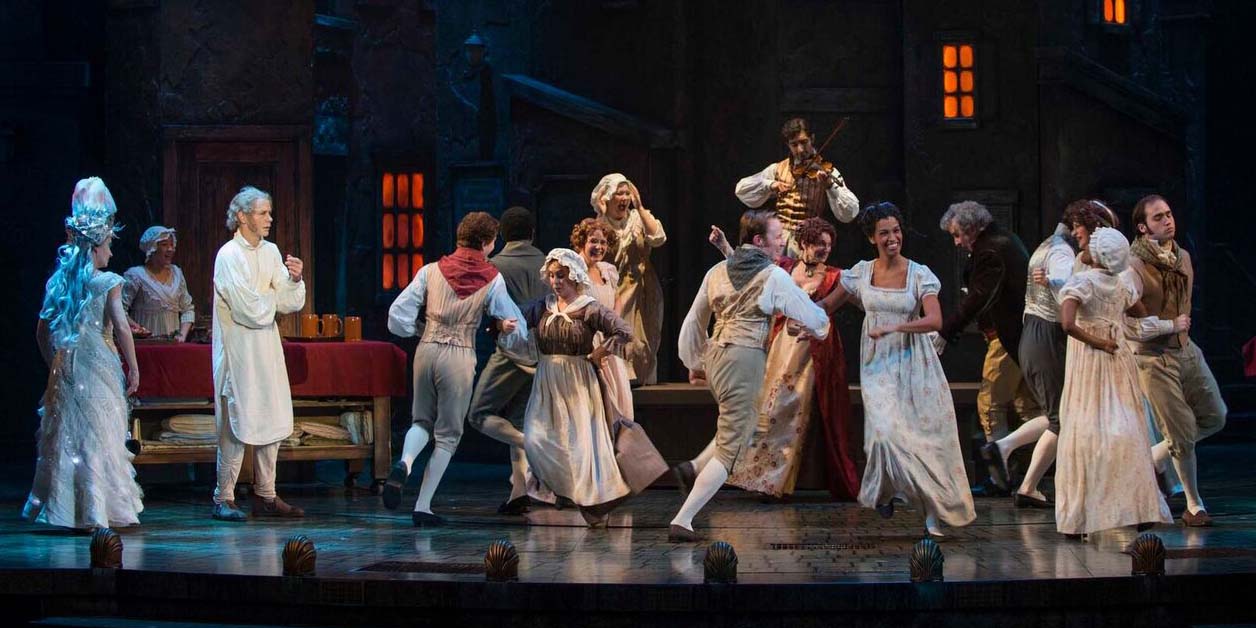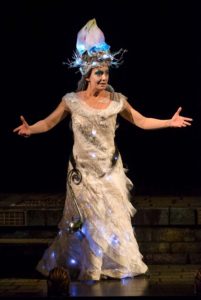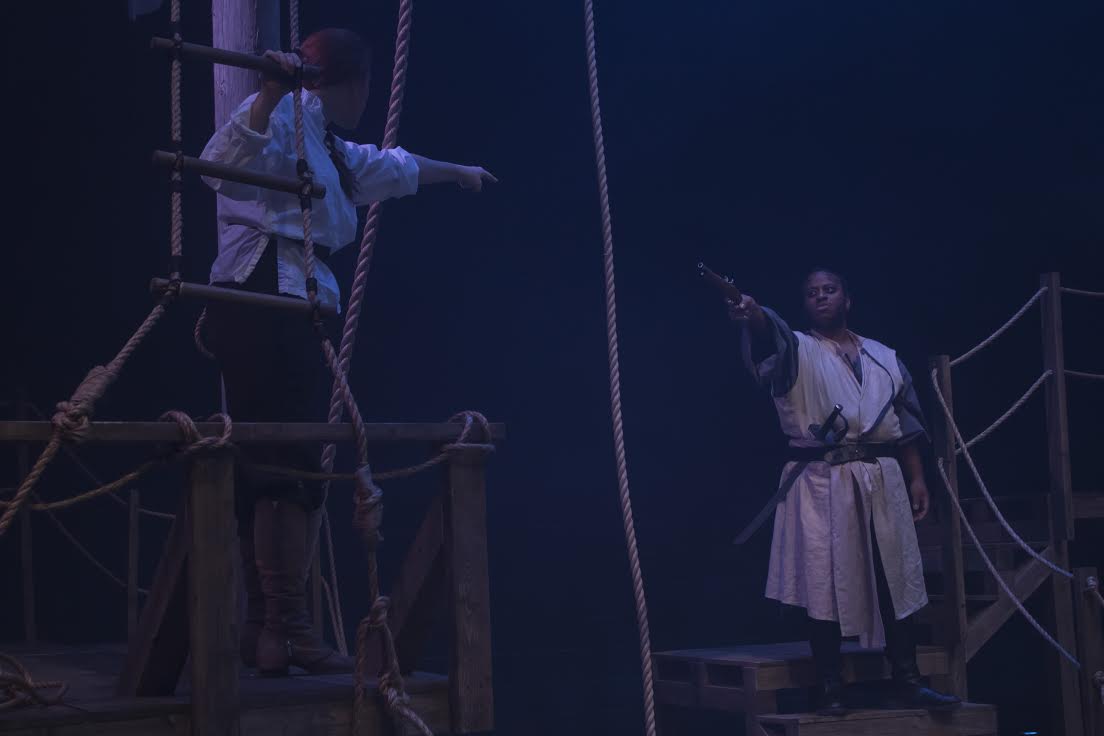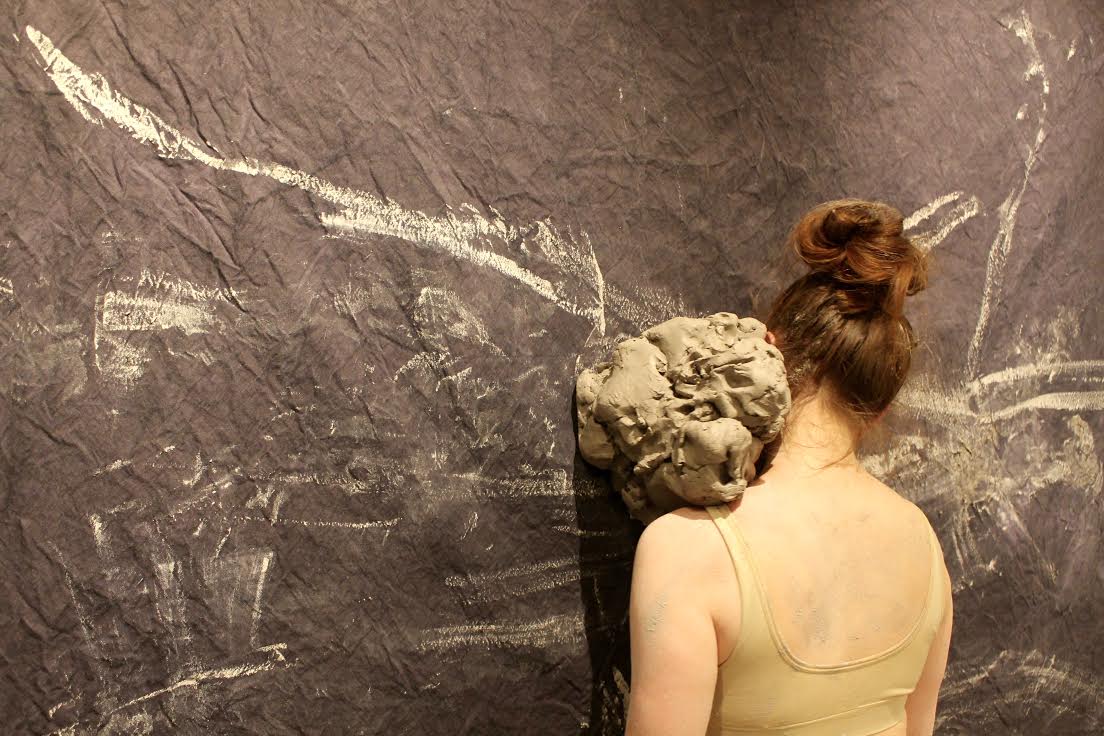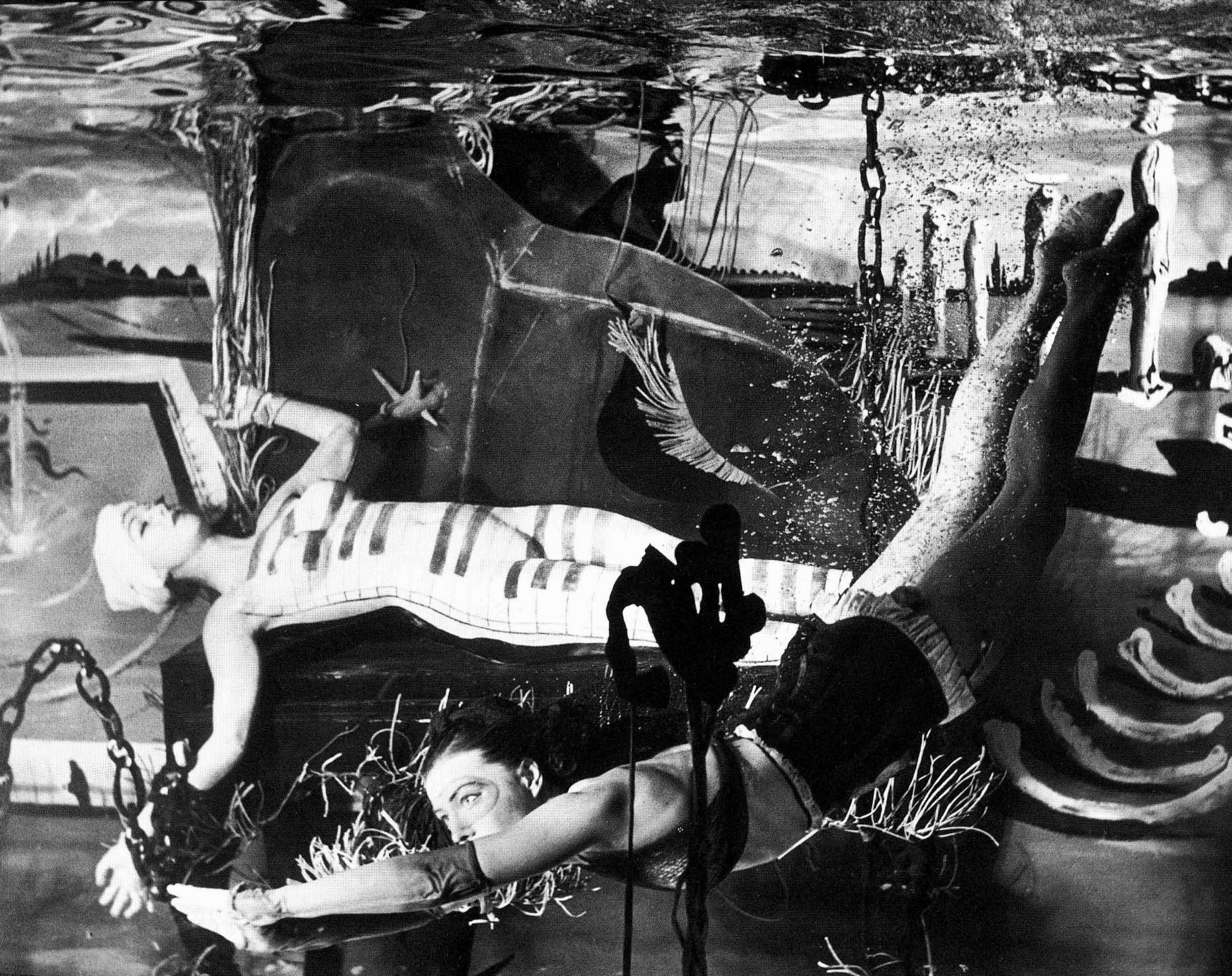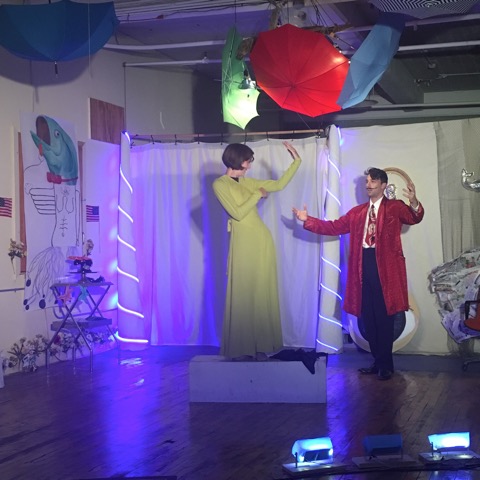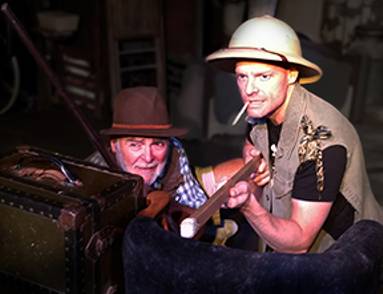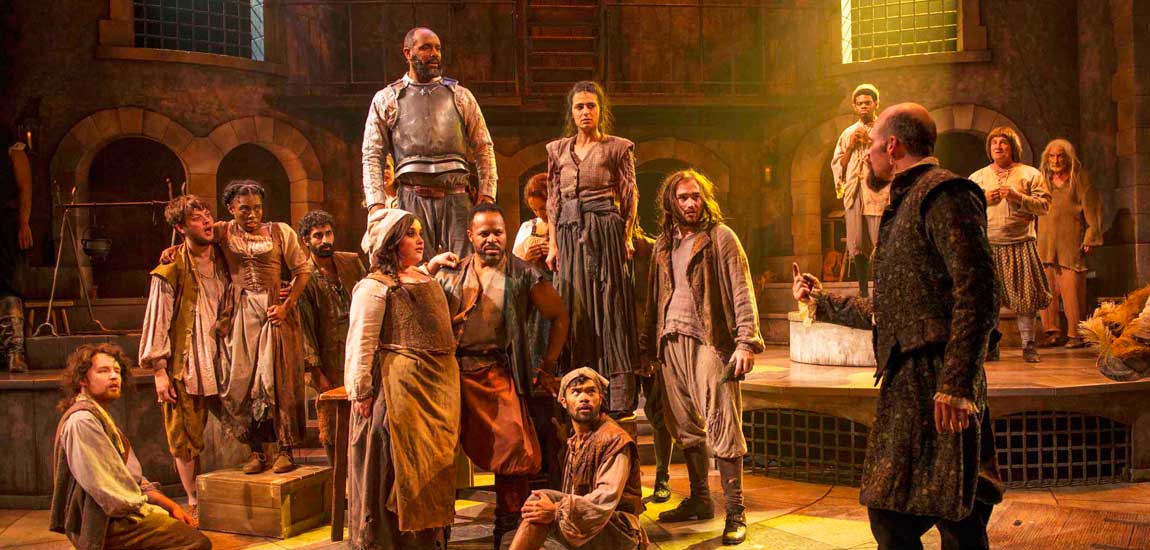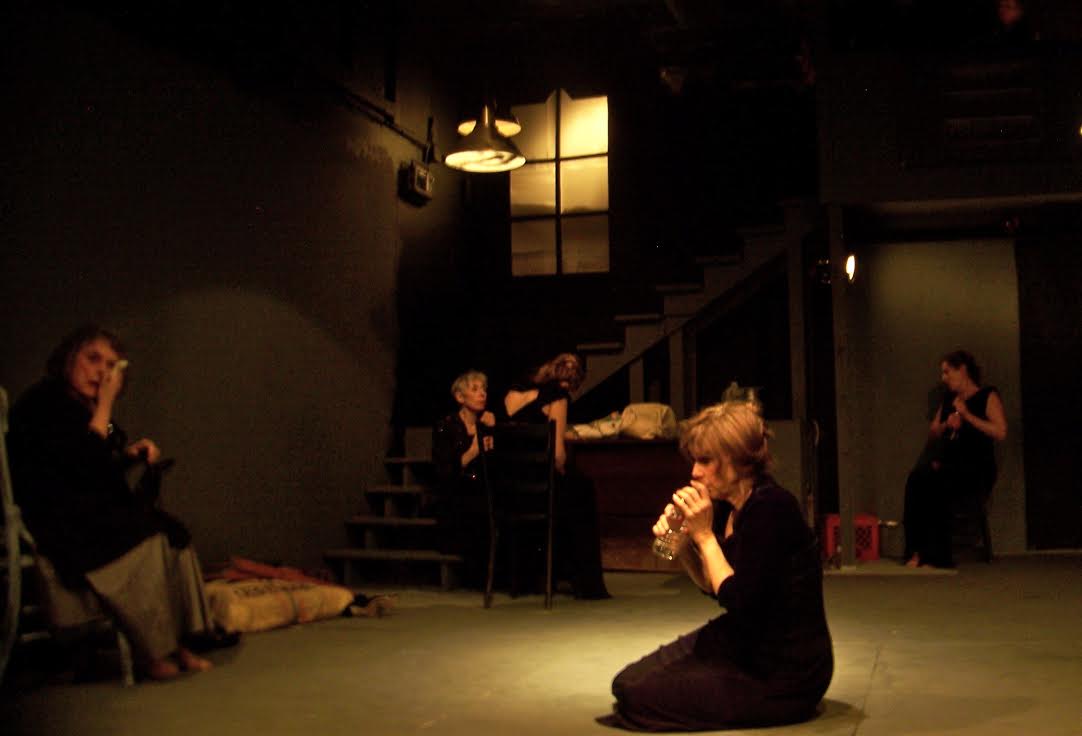
“The greatest enjoyment of a man is to overcome his enemies, drive them before him, snatch what they have, to see the people to whom they are dear with their faces bathed in tears, to ride their horses, to squeeze in his arms their daughters and women.”
Genghis Khan, quoted in the Fourteenth Century Jami’ al-tawarikh
by Jeff Grygny
News broadcasts from war-blasted regions of the world often bring us the sound of women weeping. It’s an ancient sound, heard whenever men brutalize people, whether for greed, revenge, or addiction to their own adrenaline. There’s always (in the cool military jargon) “collateral damage,” and women have always carried the weight of it.
The Greek tragedy The Trojan Women, currently in production at Off the Wall Theater, is part of one of the oldest war stories in western civilization. Homer’s Illiad glorified war; Euripedes’ view is not so glittering. It’s the un-glamorous aftermath of the sack of Troy: the wives, daughters, and mothers of the fallen aristocracy are captives, waiting to be “allocated” to their new masters as prizes of conquest. It’s not a happy play, to put it mildly. Rolling relentlessly from grief to grief, its bleak story could have come from the pens of Camus or Sartre (who indeed did write a modern adaptation). As a performance, this could have easily become a be a tedious slog through misery. Yet, under director Dale Gutzman’s skillful orchestration of rhythm and tone, and his expert composition of stage pictures— plus the honest, subtle performances of an excellent cast—the ancient play seems alive and timeless while still retaining its mythic dimensions, like wine made fresh from an ancient recipe. It’s as powerful as it must have been when it was first performed at the City Dionysia play festival in 415 BCE.
Gutzman gives the show a World War II vibe: the noblewomen, vulnerable in black evening gowns, are herded by brutish soldiers in fatigues into a nondescript space that could be an abandoned office building. A single broken chandelier stands for the ruined glory of Troy, while a metal sliding fire door leads, as we later learn, to docks where ships wait to haul their plunder back to Greece. The scene could be from the wrack of Aleppo, or Sarajevo, or Constantinople, Jerusalem, or any of the other countless ravaged cities throughout history At one point the soldiers distribute bottled water to the prisoners, a direct call-out to the “humanitarian aid” given to present-day refugees.
The story plays out elegantly, like a classic film from the silver screen era, occasionally soaring to the dramatic heights of grand opera. Sensitively-chosen recorded music underscores and elevates the spoken poetic text, adapted by Gutzman to sound both lyrical and contemporary. One by one, we see the legendary women meet their destinies. As Hecuba, the queen, who has seen her husband butchered in the street, and who is the mother of the slain Paris and Hector, Marilyn White holds the center in a show without a weak performance. Hecuba is already at rock bottom when the play begins, only to endure blow after blow, first losing her daughter Cassandra, then Andromache, her dead son’s wife, and finally her infant grandson, murdered by the paranoid Greek commanders. “We beat our breasts and tear our hair,” she cries out, “and what good does it do?” White shows us a woman pressed beyond all limits, who finally transcends despair to a kind of negative ecstasy—the closest to redemption a human being can get who has lost everything.
The other actresses give equally terrific interpretations, giving flesh to names whose stories have lived for more than two millennia: as the seer Cassandra, Alicia Rice presents a person who is utterly lost; at one point she attempts to immolate herself with a can of gasoline. Yet when she is informed that she will be Commander Agamemnon’s prize, she delivers a final dreadful prophesy. As Hector’s widow Andromache, Laura Monagle carries herself with extraordinary dignity, while seeming utterly human in her grief. As the famed Helen, Zoe Schwartz totally rises to the role: the one who inadvertently started it all by happening to be the most beautiful woman in the world. She brings a fascinating mixture of royal glamour and animal cunning, playing her part so well that her aggrieved husband Menelaus, played with hollow machismo by James Strange, relents his vow to kill her on the spot. The dialog where she defends herself to him is electric with tension, mythic resonance, and cold calculation.
Though they ultimately have lost, the women powerfully affect all who come in contact with them. Randal Anderson portrays a functionary who is finally overcome by his superiors’ cruelty. The chorus of women—Michelle Waide, Sharon Nieman-Koebert, Barbara Zaferos, Barbara Weber, and Sandy Lewis— give the play its sinew: whether wailing in despair, dancing sadly to the old song “After I’m Gone,” played on a radio, rallying behind Hecuba, or finally getting herded off to their new masters, they bring honest, deep reactions to every onstage moment and line of spoken verse. It’s an incredibly rich presentation of a classic tragedy.
The tragedies of refugees have been much in the news of late. The Trojan Women exhorts us to recognize their suffering. This version, while anything but triumphal, shows that human beings, even faced with the worst, still have the power to choose a kind of existential freedom.
Losing can be more beautiful than winning.
Off the Wall Theatre presents
The Trojan Women
by Euripides
in a new version by Dale Gutzman
playing through February 26
tickets available at offthewalltheatre.com

